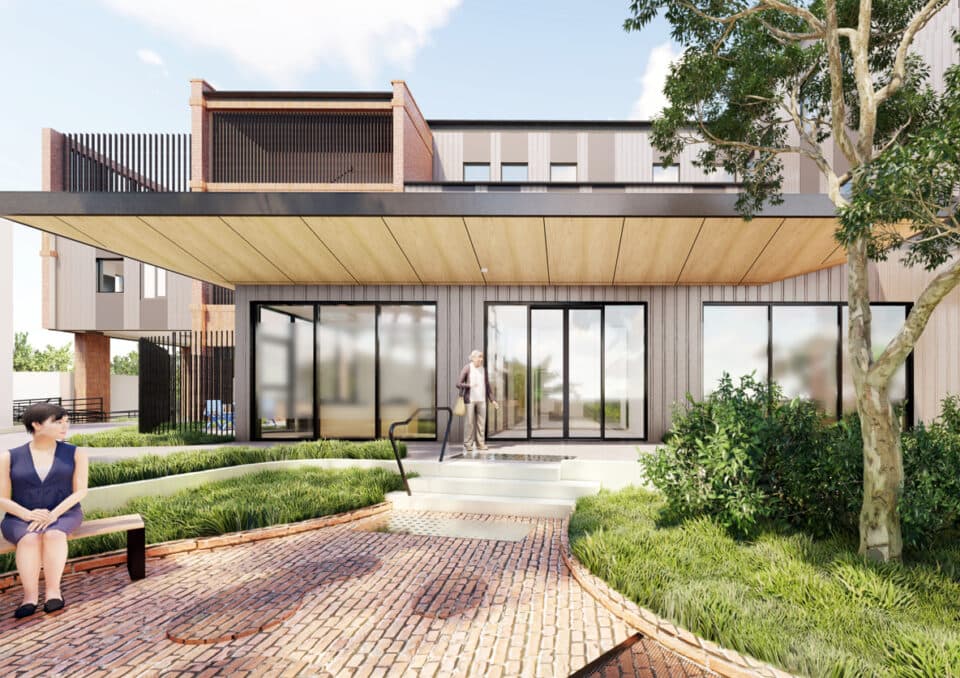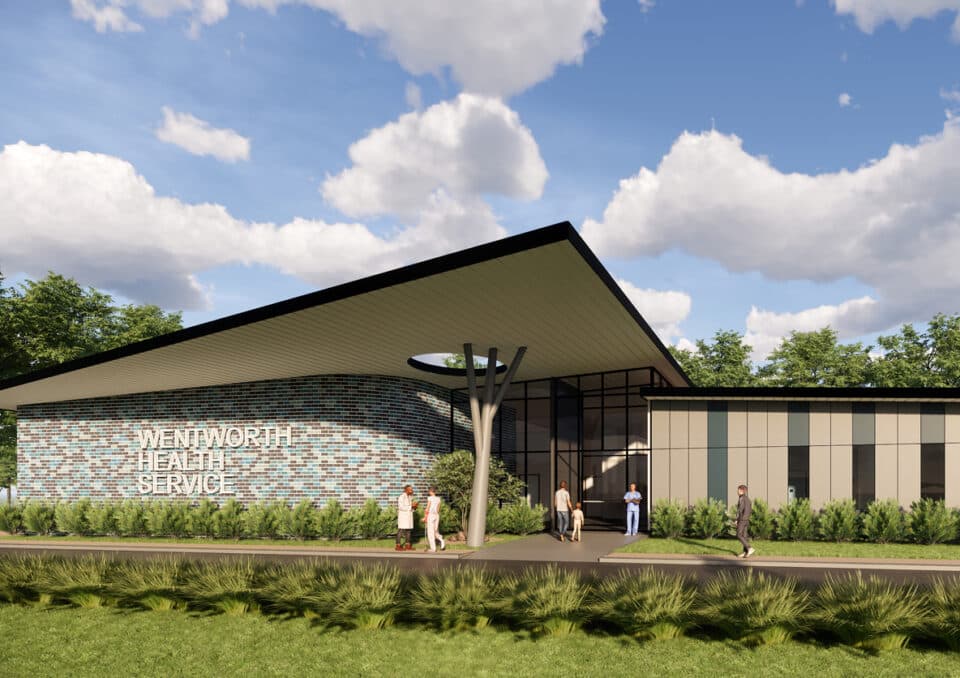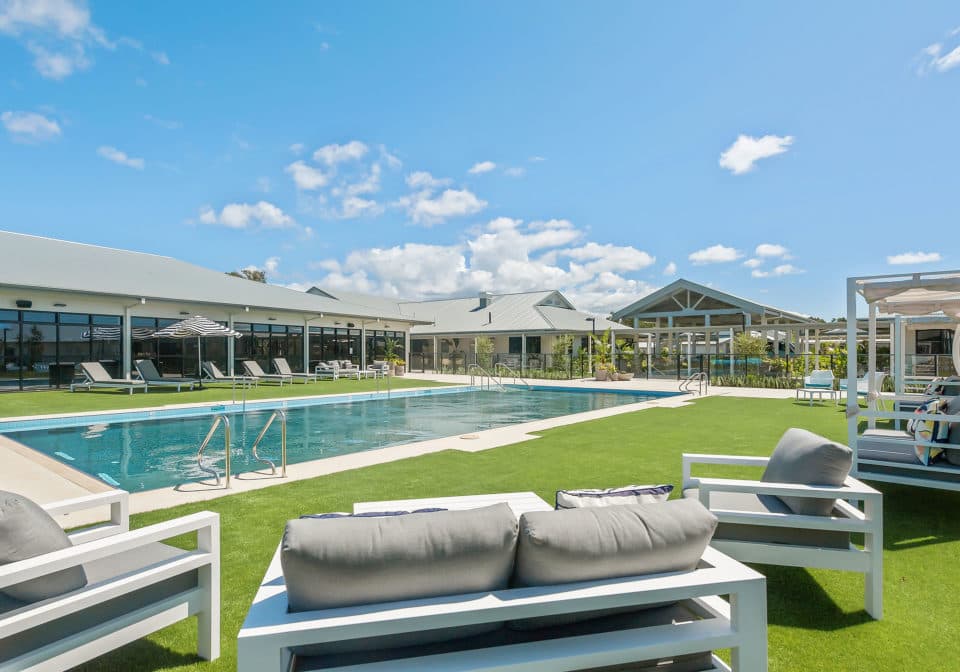Good Design for Mental Health

Healthcare environments are the backdrop for some of the most memorable experiences of our lives. Events that cause feelings of ecstatic joy or unimaginable fear and sadness. Yet often these experiences are intensified by facilities that are perceived as stark, cold and unwelcoming.
More than 1,200 studies have demonstrated the benefits of good design on the health outcomes of patients. Benefits include reduced pain and reliance on medication, improved sleeping patterns and ultimately a reduction in the amount of time patients need to spend in hospital. Likewise, considered design can support staff in their day to day routines, improving performance and boosting team morale.
By unpacking the needs of patients, their families and hospital staff, we can create spaces that offer a sense of normality and add real value.
In the context of well-designed mental health facilities, environments should promote healing and provide a therapeutic environment. If patients feel relaxed and at ease, they are more likely to be receptive to the benefits of individual or group therapies.
Providing an abundance of natural light and connection to landscaped outdoor areas creates a sense of normality for patients, while allowing for passive observation by staff. The use of materiality can foster a sense of warmth, which supports a comfortable and safe environment. By designing patient areas at a scale that is unintimidating, a homely environment is created rather than being institutional.
For some, these design elements may seem unattainable within already stretched budgets. However typically capital costs comprise just 2-3% of whole-of-life costs, versus 85% of costs typical going towards ongoing operating costs. This means that value engineering will have a far greater impact over the life of a building when directed at operational costs.
Staffing is the single biggest cost in the operation of health facilities, so designing for efficient and effective staffing models is critical to long-term economies in operational expenditure. This can be achieved by centralising staff areas and other clinical support zones to free up staff for more detailed patient care. Similarly, reviewing major functional processes such as patient flow, arrival, goods, supports services and waste in design options is an important factor in providing efficient staffing models.
Another important consideration is avoiding the provision of underutilised spaces, which can lead to reductions in the building footprint, services costs and the number of staff required to operate the facility. Areas such as single-person offices, utility spaces, consulting and group spaces should be critically evaluated through a rigorous consultation process. Spaces should be designed, where possible, to suit multiple functions allowing both spatial efficiencies and cost savings. Simple, direct and smart design solutions should be considered as an intrinsic element in cost control.
By investing in good design and a high-quality building fabric we can improve the experiences of patients and staff. By pursuing affordability through flexible space planning, we can support efficient, safe and effective staffing models. These operational expenditure savings have far greater economic impact over the life of the project than savings made in the built fabric.
This article references 'The Case for Good Design; Healthcare' guide for government, published by the Office of the Victorian Government Architect . https://www.ovga.vic.gov.au/ca...

Concord Forensic Mental Health

Wentworth Health Service Redevelopment
